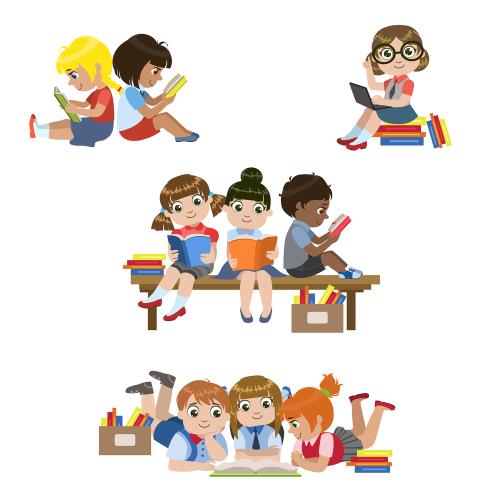20 Jun 2021

By Mark Richards,
After going out of fashion for a while at the expense of guided reading, whole-class reading seems to be back in favour again. Research points to a variety of benefits of whole-class reading. So, how do you make the most of whole-class reading sessions?
Whole-class reading enables you to focus on more challenging texts. It also allows for better opportunities to engage pupils in class discussion. Furthermore, it makes the deeper exploration of a text more viable and manageable.
However, you need to be careful with your strategies and approaches if you are to have a real impact on pupil learning with whole-class reading. Follow the following tips to plan whole-class reading activities that have a genuine impact.
Choose an appropriate text
If whole-class reading is to be effective, the choice of text is everything. It needs to be engaging, obviously. Furthermore, it needs to be totally fit for purpose and suited to the needs of the class. This means that the focus of the lesson should not be based on the text. Instead, focus on the learning needs of the class and choose an appropriate text to match this.
The importance of background and context
Regardless of the age of the children you are teaching, be aware of what you are ultimately working towards. The assessment criteria for GCSE English Literature leans heavily on the importance of context. What’s more, NFER (National Foundation for Educational Research) guidance stipulates that the most important aspect of language comprehension is background knowledge. Very often, it is the ‘missing link’ when it comes to pupil understanding.
Try to make reading a visual experience
There are several barriers to reading. Dyslexia is probably the most well-known but is far from the only hurdle that readers face. The inability to form mental images, aphantasia, is a condition that many children and adults suffer from. It often goes undiagnosed, and it can be extremely limiting for those it affects. This is why it is always useful to incorporate diagrams and pictures into the teaching of background, context, and vocabulary.
This will be a great help for any children who find it difficult to visualise things. It will also be especially helpful for those who have never experienced the context of a text.
Read to the class
Although there are obvious benefits of children being given the opportunity to read out aloud, with whole-class reading, it is always best for the teacher to read to the class.
The focus should be on comprehension rather than fluency. They are different skills, but poor fluency will only hamper comprehension. A teacher reading the text will be more fluent than a child. It will also make inference and understanding of emotions and feelings easier to pick up.
Mix up pupil activities
Reading a section of text followed by a set of comprehension questions is a tried and trusted approach. Of course, this strategy is not without merit or value. However, it can soon become very boring if this is always the pupil activity that follows on from a whole-class reading session.
There are many different ways in which pupils can explore a text and show their understanding of characters’ feelings. Drama activities are particularly useful and engaging. Anything that breaks the repetitive cycle and the notion that the reading of a text is always followed by written answers to comprehension questions.
RELATED POSTS
1. How to encourage students to ask questions?
2. Time to hit the books: Discover the best reading challenges for kids in 2020
3. Reading and Empathy in Education
4. Reading Fluency Interventions for Primary Students
5. How to prepare students for exams
We encourage our readers to share their knowledge.
Do you have an idea, view, opinion or suggestion which would interest others in the education sector?
Are you a writer? Would you like to write and have your article published on The Educator?
If you are connected with the education sector or would like to express your views, opinion on something required policymakers’ attention, please feel free to send your contents to editorial@theeducator.com